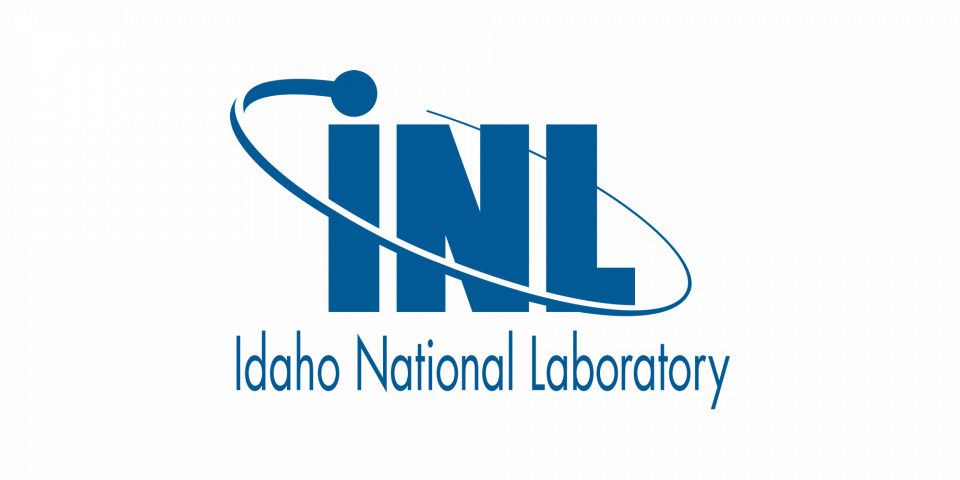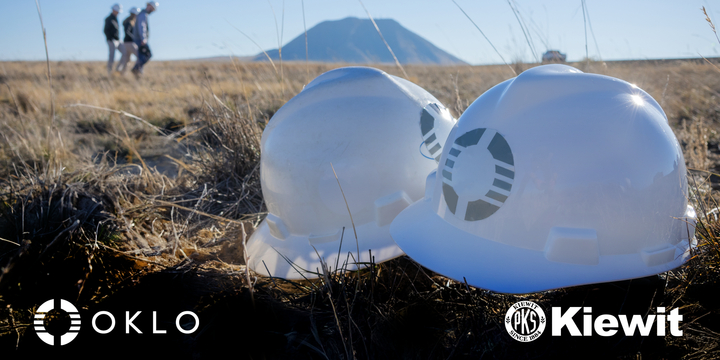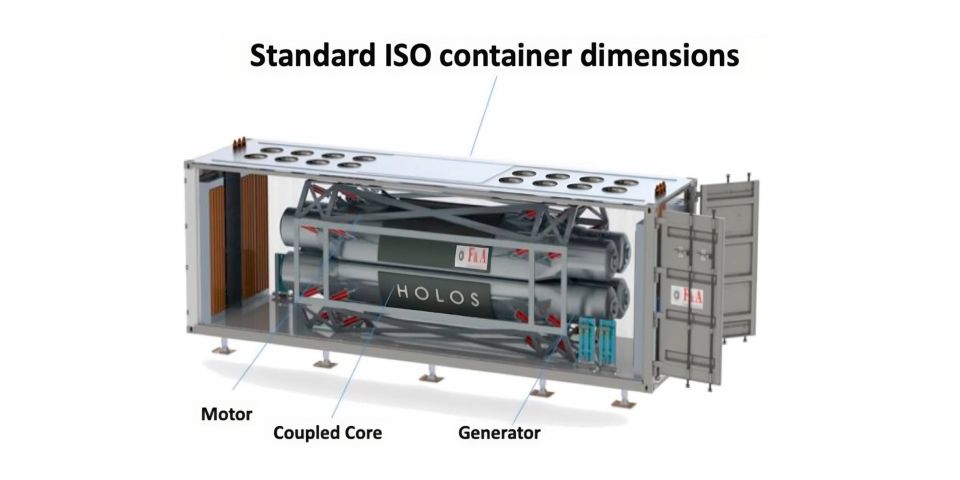Project Pele in context: An update on the DOD’s microreactor plans

Deploying microreactor technology for military applications could have huge impacts on logistics and reliability for the military of the future, and on the commercial use of similar technologies. That’s why the Department of Defense is developing Project Pele—a high-temperature, gas-cooled and TRISO-fueled microreactor, transportable within mobile shipping containers—for testing at Idaho National Laboratory in 2025.











